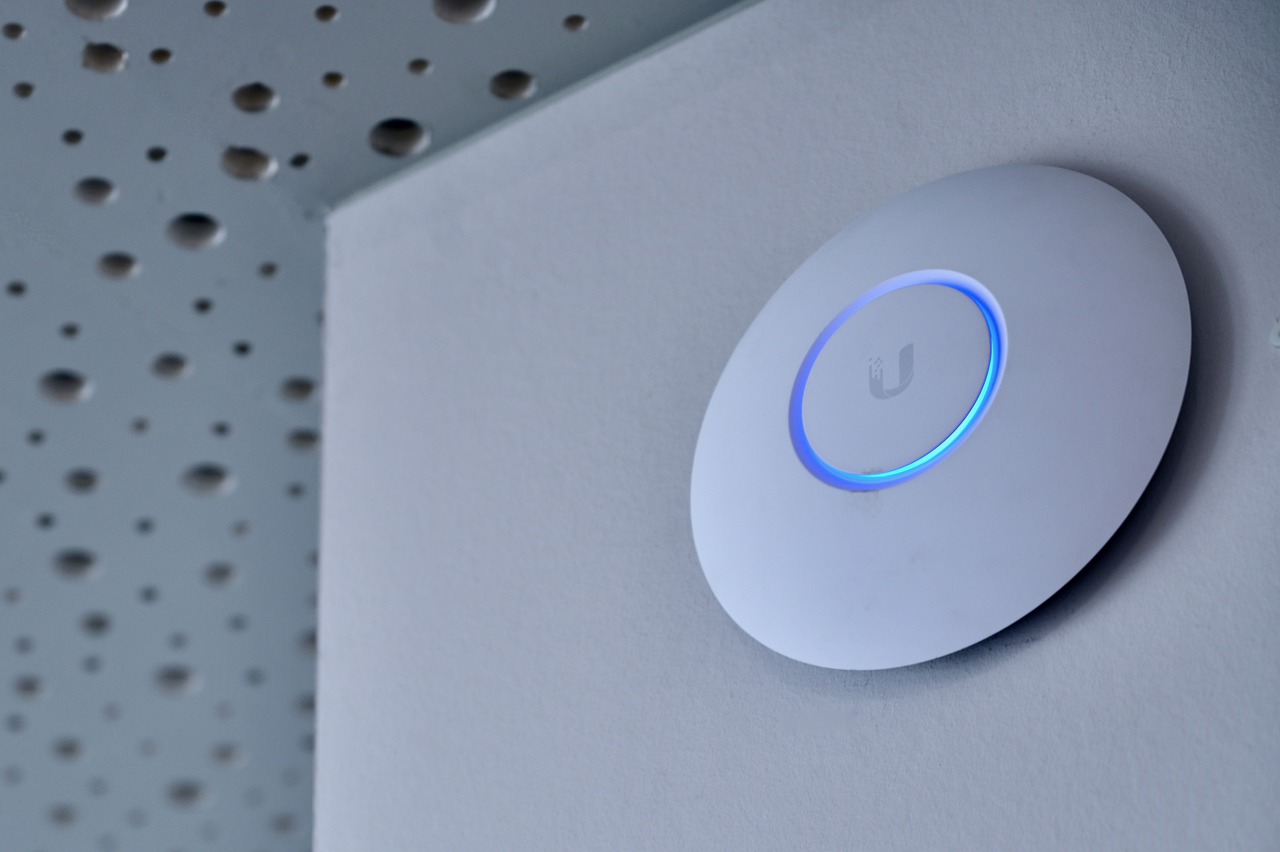
IoT and Wi-Fi
Internet of Things (IoT) is rapidly growing across the globe. Its application is now broadening into the various sectors of the economy from manufacturing to agriculture. Wi-Fi has played a critical role in this growth. IoT applications have numerous connectivity requirements with regards to data throughput, energy efficiency range, and cost of the device. Wi-Fi has often been an obvious choice. This can be attributed to the many reasons as discussed below;
Pros and cons of Wi-Fi
Pros
- Flexible- It offers high integration thus is ideal for consumer products
- Highly convenient – Wi-Fi can be used with a wide range of portable devices anywhere within the premise
- Globally standardized – Wi-Fi enabled devices can connect to Wi-Fi anywhere in the world.
- A popular choice – Wi-Fi is a popular option amongst consumer electronics manufacturers and consumers as well.
- Range – Wi-Fi has a decent range coverage and can penetrate through walls and other obstacles.
Cons
- Security- Improper configuration of the network could result in security breaches
- Distance- Wi-Fi is not ideal over long distances
- Interference- Network radio waves are likely to interfere with other equipment.
- Bandwidth- In the absence of wires, Wi-Fi offers lower bandwidth
Required Hardware
To be able to connect an IoT device to Wi-Fi you need the following;
- Wi-Fi enabled chip- The IoT device needs to have a Wi-Fi enable chip. Such a chip is often embedded within its microcontroller.
- Wireless access point- You need to have a wireless LAN. To create one, you need to able to access a wireless network. This could be an existing or newly installed home or corporate network.
Required Software
There are numerous software programs and solutions are readily available. These programs help connect the IoT device to the Wi-Fi. They include;
- TI’s smart config- This software can automatically set the Wi-Fi credentials from a mobile application.
- WPS Wi-Fi Protected Setup– The enables the use of a button on the router to configure the Wi-Fi
- Access Point Mode
- Wi-Fi direct
Connecting devices to the IoT with Wi-Fi
Traditionally, many devices that consumers have been connecting to the Wi-Fi network have been equipped with displays, keyboards among other computing resources. However, many IoT devices don’t come equipped with these abilities. They require to be configured by smarter devices that can transmit the relevant configuration information to join the network. One way to connect such a device to the Wi-Fi is by using Wi-Fi protected setup (WPS) button on the IoT device if the wireless router has a WPS button as well. Press the button on the device and that on the router as well.
Alternatively, have the device appear on the access point with its SSID and passphrase supplied on the manufacturer’s quick start card. As such, when the device is plugged in and powered on, the devices’ SSID is broadcast thus is easily identified. The shortcoming of this approach is that it requires advanced technological expertise and is time-consuming. It’s also susceptible to a security breach.
More Resources :
- Top 5 most common IoT device connectivity options
- Maximizing Battery Life in Dual-Mode Wi-Fi- IoT devices
- How to Design Low-Power IoT Applications
- Most powerful IoT companies in the world






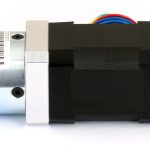
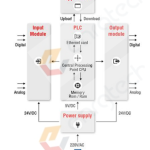

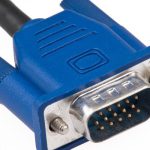
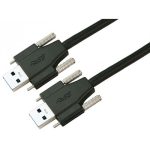


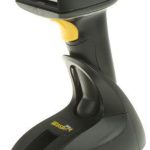








1 Comment